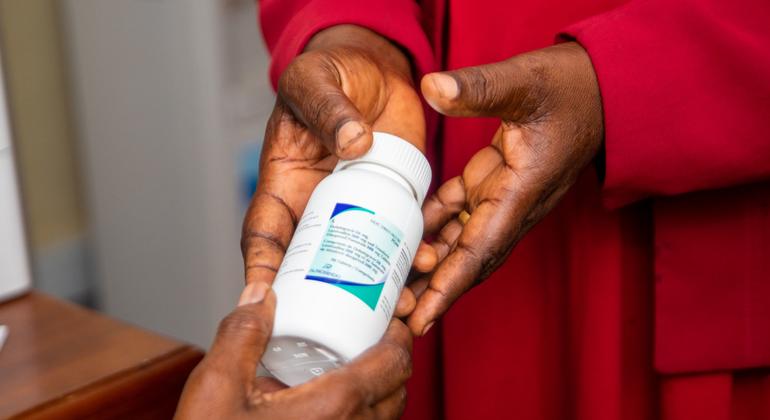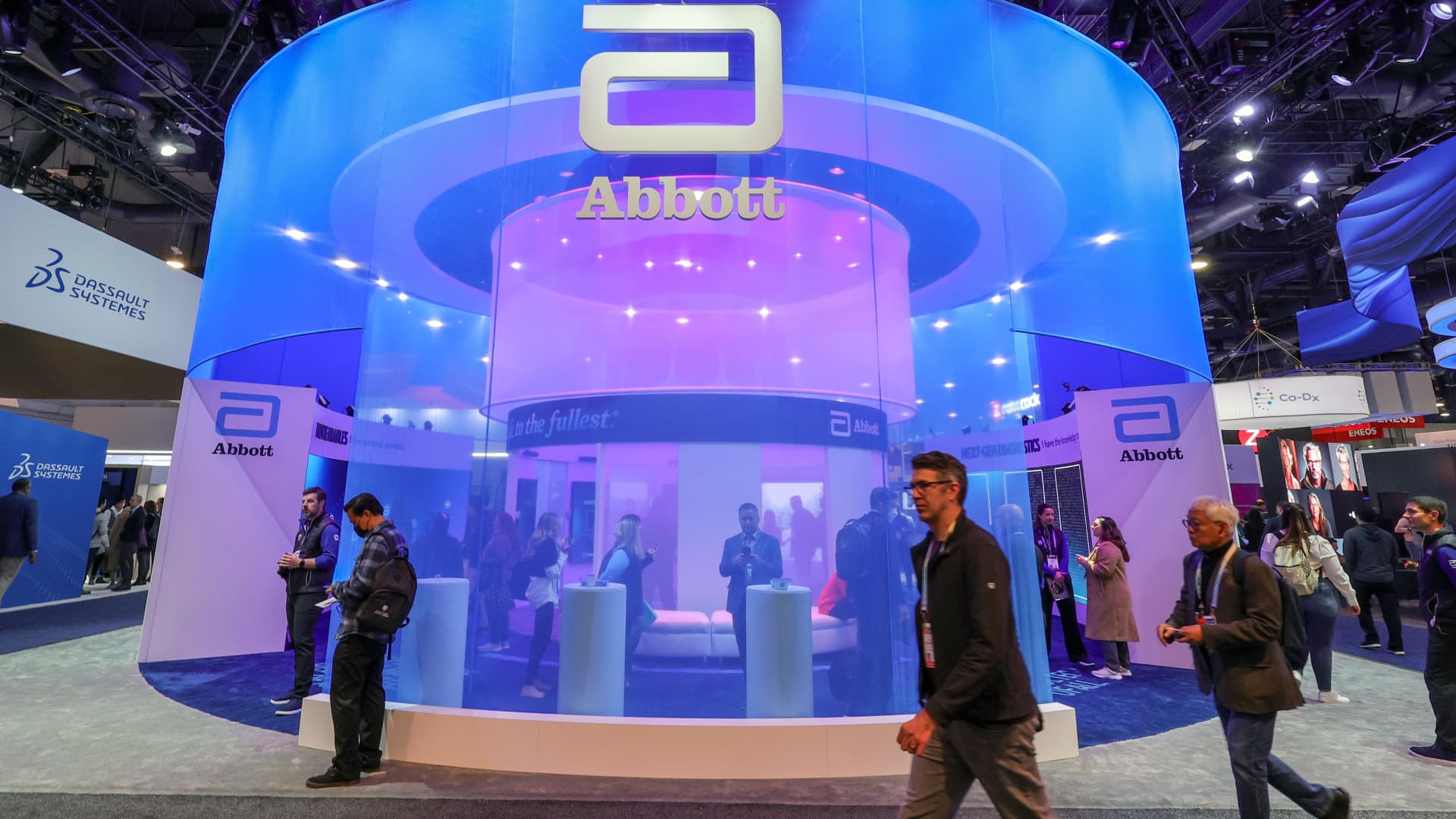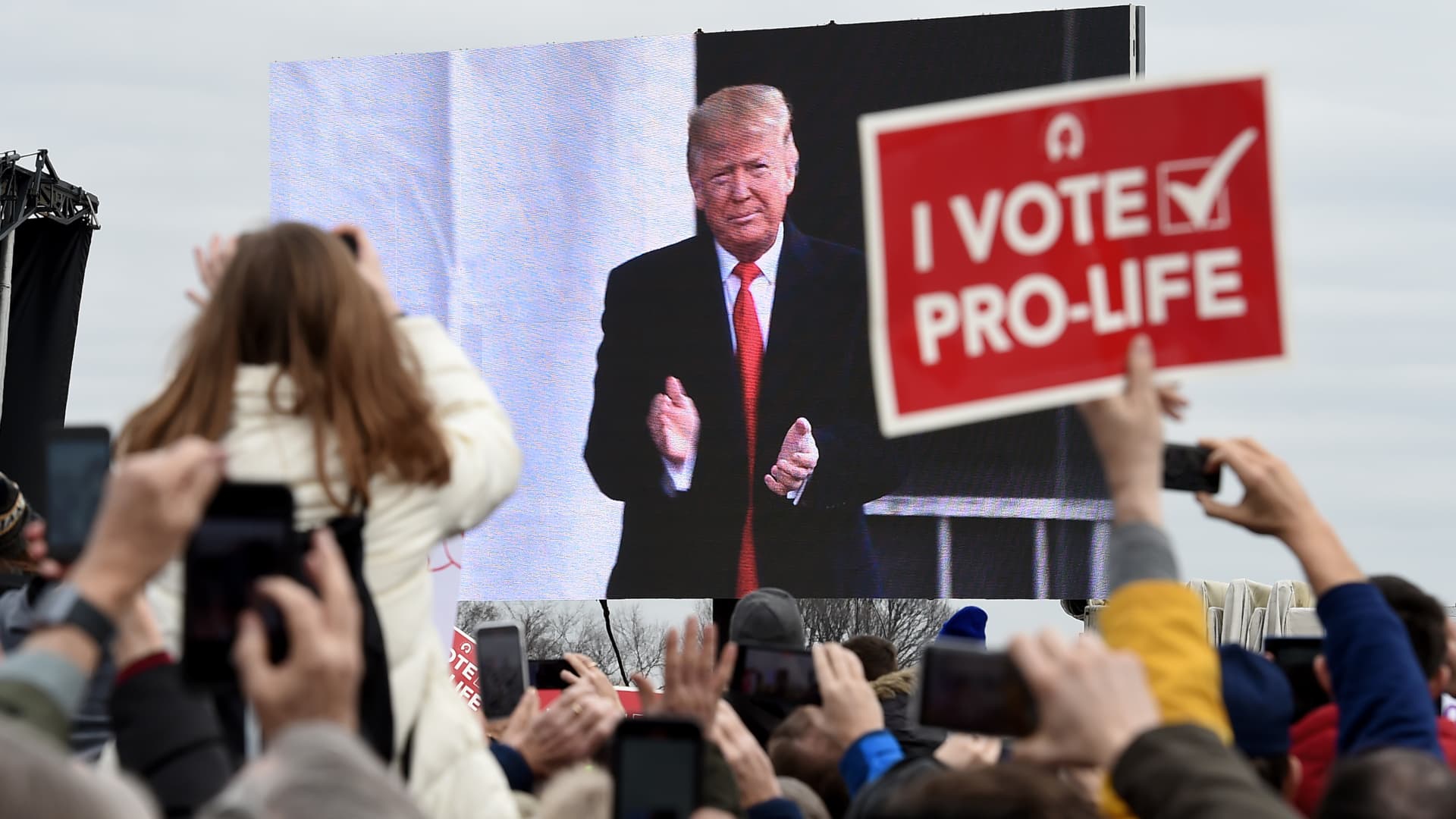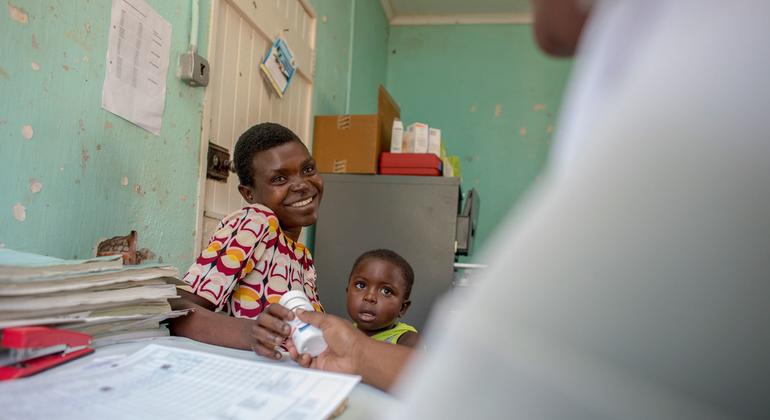Hopes are sky-high for Eli Lilly's recently launched weight-loss drug Zepbound. Investors will tune into the company's fourth-quarter earnings conference call on Feb. 6, eager to learn more about how that launch is going. A key statistic will be the number of commercial health insurers that provide coverage of the drug, which was approved by the Food and Drug Administration on Nov. 8. Lilly is also expected to reveal its 2024 outlook for the first time. Zepbound, a once-a-week injection, has only been available in pharmacies since early December, but the average analyst expects sales of the drug to have reached $75 million in the fourth quarter, according to StreetAccount. More importantly, by the end of 2024, analysts expect sales to rise to $3.79 billion and then double to $7.83 billion by 2025. Those estimates have been rising ahead of Eli Lilly's report, and analysts see the potential for higher profits when Lilly offers its point of view. 'It's off to a good start' “While we acknowledge that the launch is off to a good start, Zepbound achieved higher TRx [total prescription] volume than Mounjaro on a launch-adjusted basis, we are relatively conservative in our Q4 estimate based on launch timing (late Q4) and what we expect will be relatively high gross-to-net discounts (in the ~80% range)” Goldman Sachs analyst Chris Shibutani wrote in a research note on Sunday. Goldman Sachs said data from market researcher IQVIA suggests Zepbound is capturing market share from Novo Nordisk's obesity drug Wegovy, but the entire category has been growing.” We consider payer access and offering to be key discussions in the initial launch, where access is limited not only by formulary adoption, but also by voluntary acceptance by employers; and supply remains limited across LLY's entire incretin product portfolio,” Shibutani said. Mounjaro and Lilly's Zepbound use tirzepatide as the active ingredient, but Mounjaro is indicated for type 2 diabetes, while Zepbound helps with weight loss. Tirzepatide mimics two incretin hormones in the body, GLP-1 and GIP, to regulate insulin and control hunger. Trulicity, another diabetes treatment sold by Lilly, is also considered an incretin. Drugs such as Wegovy and Zepbound have been praised for their ability to help patients lose more pounds than before. types of weight loss medications, and Zepbound's average success even surpassed that of Wegovy in clinical trials. Still, patients seeking these medications may face major obstacles. For example, patients covered by Medicare cannot get coverage for these drugs due to federal regulations. However, at least according to Bank of America, 16 states have expanded access to some anti-obesity medications. Some commercial insurance plans require prior authorizations or have limitations on the use of these medications. Paying out of pocket is not an option for many patients, as both medications have list prices that exceed $1,000 for a monthly supply. According to Bank of America, more than 80% of commercial insurance plans have included Wegovy on the formulary (the list of covered medications) and about half of employers have opted in. It took time for Novo Nordisk to reach that level of access. Investors are curious to see if Eli Lilly's path is easier. Access is just a barrier. Novo and Lilly have also been working hard to increase manufacturing capacity, but supply has been limited as they try to meet demand. A rich assessment of the LLY 1Y mountain that Eli Lilly has shared over the past year. But even good news about the launch of Zepbound might not be enough to drive Lilly stock higher. Goldman's Shibutani has a neutral rating on Lilly shares and a $600 price target, implying the stock could fall nearly 5% since the start of the week. Expectations for it are considerably lower than analysts' average price target of around $653, according to FactSet. Shibutani's opinion speaks to Lilly's rich valuation. While most pharmaceutical companies tend to trade at around 18 times earnings and Lilly's historical average over the past decade is around 22 times, its shares have lately approached a multiple of nearly 40 times earnings . While Lilly's opportunity in obesity treatments steals most of the attention these days, the Indianapolis-based company also has other promising products in its portfolio, leaving some analysts more optimistic about the prospects. of the shares and the potential for higher profits. Bank of America analyst Geoff Meacham is in this camp. He has a buy rating on Lilly shares and expects the stock can reach $700 in the next 12 months. Lilly is one of Bank of America's favorite large-cap biopharma stocks because of its “best-in-class” portfolio, which includes promising immunology and oncology treatments. In the near future, the FDA is expected to approve donanemab, a treatment for Alzheimer's disease. Other potential catalysts for the stock later this year will be readings about the research Lilly is conducting on tirzepatide as it explores its potential as a treatment for other conditions such as non-alcoholic steatohepatitis (NASH), a type of liver disease, and obstructive apnea. of the dream. . These studies could expand the number of patients who will be able to use Mounjaro and Zepbound. 'A lot of angst' But heading into earnings, which will be released on Feb. 6, Meacham said there is often “a lot of angst.” One area that could prove tricky is Lilly's earnings forecast for 2024. Terence Flynn, an analyst at Morgan Stanley, said his view was 3% below the average Wall Street estimate at the time he wrote a note. investigation on January 11, as it expects a “more significant increase” in operating expenses. “We see the stock setup as similar to the company's 2023 guidance outlook, where revenue was slightly above consensus and earnings per share were below, but investors are generally focused on growth prospects. near-term earnings,” said Flynn, who has the equivalent of a buy rating on Lilly stock. Zepbound is above Morgan Stanley's previous estimates, prompting Flynn to raise his 2024 sales estimate for the product to $5.5 billion from $3 billion previously. At the same time, he anticipates that the number of prescriptions for Trulicity and Mounjaro will be lower than previously anticipated. This trend could be occurring as patients switch from Mounjaro or Trulicity to Zepbound. According to Flynn, Lilly has said that about a third of Trulicity patients stop taking the drug each year for one reason or another. By 2025, Flynn estimates that Mounjaro and Zepbound's supply challenges will ease, allowing Zepbound sales to reach $11 billion, higher than his previous estimate of $5 billion and the average US consensus. analysts. If we add Mounjaro and the tirzepatide drugs as a class, we will reach $23 billion, he said. But even if Lilly stock sells off on the earnings news, the investment case is likely to remain intact because “there is a huge shortage of value and growth names like this,” Meacham told CNBC. “I would say over the last few quarters, stocks have been really under pressure because they're going to disappoint someone… but the fundamental argument is 100% supported, even at this multiple, so I think that's why stocks typically They are sold and the next day they are more than compensated. —CNBC's Michael Bloom contributed to this report.











